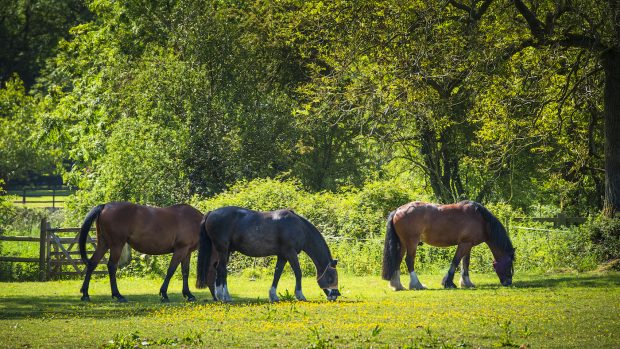Veterinary research suggests the following conditions can be linked to the often-fatal muscle stiffening disease, atypical myopathy:
It can affect all types of horses, but tends to target youngsters who are grazing permanent, old or even bare pasture.
The grazing conditions appear to be important: the paddocks are usually poorly drained with low nutritional value.
There are usually trees with fallen leaves on the ground and there is often a river or other watercourse nearby.
The affected horses are often not in work, may be in poor condition, unvaccinated and not regularly dosed for worms.
We can be certain that atypical myopathy is not infectious per se, but it can affect groups of horses, with numerous animals falling victim at the same time on the same grazing.
Atypical myopathy is a disease of the autumn, but it can occasionally occur in the winter and spring. It is almost certainly linked to periods of cold, damp or wet weather and a subsequent frost appears to stop an outbreak.
Read more about atypical myopathy in today’s issue of Horse & Hound (25 November ’10)
Looking for an equine vet?
Find out about grazing diseases




